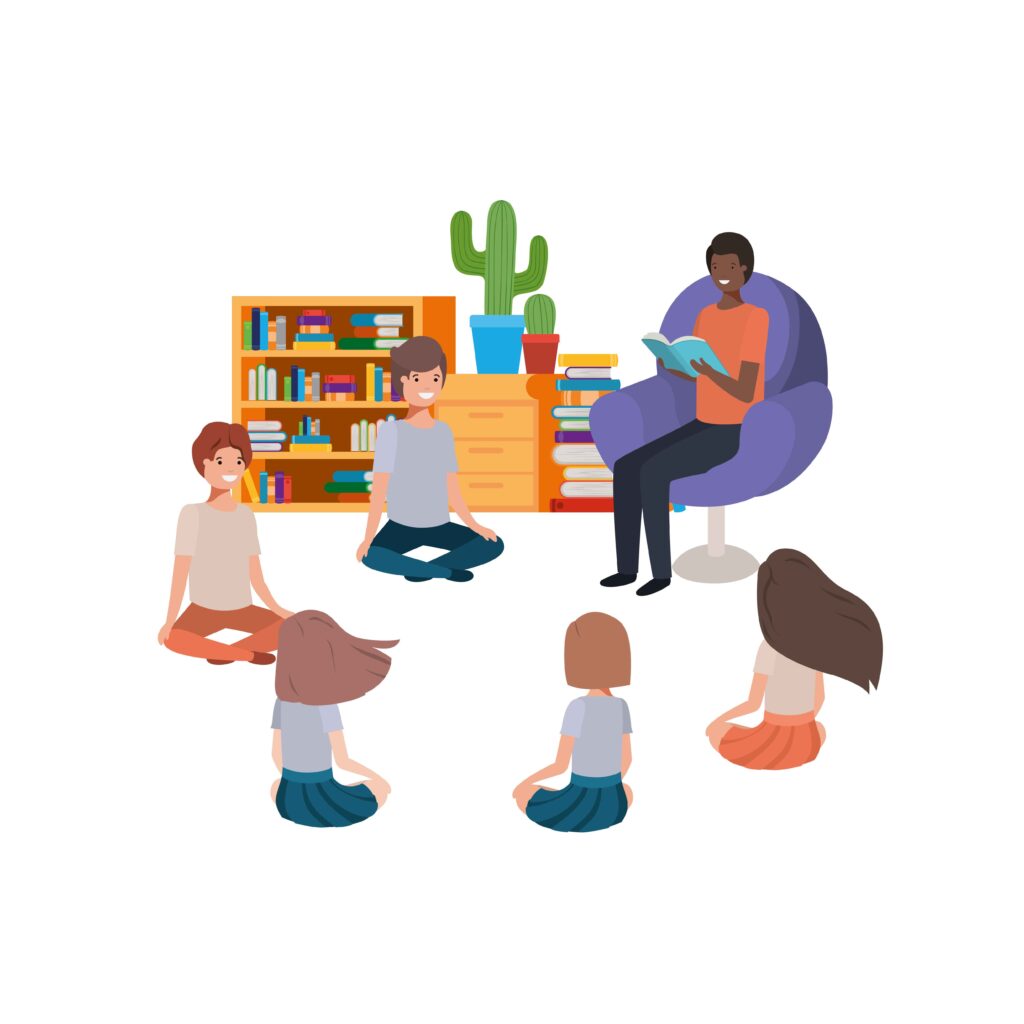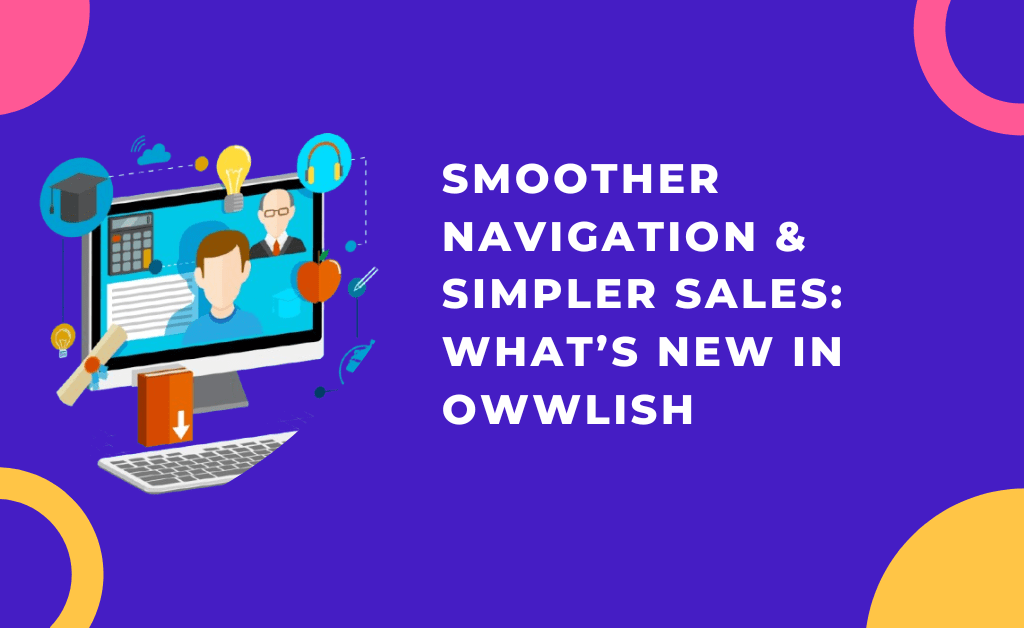The Power of Storytelling in Online Education in 2025!
In the world of online education, storytelling has emerged as a powerful tool for engaging learners and enhancing the effectiveness of online courses. In this guide, we will learn how to use storytelling to create engaging online courses. Narrative-based learning, also known as storytelling in online courses, involves the use of compelling stories and narratives to deliver educational content.
- The Power of Storytelling in Online Education in 2025!
- Understanding Your Audience and Learning Objectives
- Choosing the Right Story Structure for Your Online Course
- Incorporating Characters and Conflict into Your Online Course Content
- Using Visuals and Multimedia to Enhance the Storytelling Experience
- Fostering Active Engagement through Interactive Storytelling Activities
By incorporating storytelling techniques into the design and delivery of online courses, educators can create a more immersive and interactive learning experience. This approach captivates learners’ attention, fosters emotional engagement, and enhances their overall understanding and retention of the material.
One effective technique used in narrative-based learning is character development. By introducing relatable characters with whom learners can identify, educators can create an emotional connection that keeps learners engaged throughout their learning journey. These characters can serve as guides or mentors who take learners through various challenges or scenarios relevant to the course content.
Another technique is plot development. Just like in any captivating story, an online course that utilizes storytelling will have a well-structured plot that unfolds gradually. This helps maintain learner interest by creating suspense and anticipation for what comes next. Additionally, incorporating conflict or problem-solving elements within the narrative encourages the development of critical thinking skills.
Surprisingly, even courses to get licenses such as boating use storytelling for online courses to engage students and help them retain the knowledge more effectively.
Multimedia elements such as visuals, audio clips, or videos can be integrated to enhance the storytelling experience in online courses. These elements help create a multi-sensory learning environment that appeals to different types of learners and facilitates better comprehension and information retention.
Storytelling in online courses offers a dynamic approach to engage learners effectively by leveraging narrative-based techniques such as character development, plot structure, conflict resolution, and multimedia integration. By implementing these strategies thoughtfully, educators can use storytelling best practices for online courses to enhance the learning experience for their students.
Understanding Your Audience and Learning Objectives
When it comes to creating effective learning experiences, understanding your target audience is the place to start. This involves conducting a thorough target audience analysis and developing learner personas. By doing so, you can gain insights into the needs, preferences, and characteristics of your learners.
Defining clear learning objectives is another important aspect of instructional design. Learning objectives provide a roadmap for what learners should be able to accomplish or understand after completing a training or educational program. These objectives serve as guideposts for designing content and assessments that align with the desired outcomes.
In order to engage and motivate learners, it is essential to align storytelling with the defined learning objectives. Storytelling has long been recognized as an effective tool for capturing attention and conveying information in a memorable way. By weaving relevant stories into instructional materials, you can create meaningful connections between the content and the learner’s personal experiences or interests.
By conducting target audience analysis, developing learner personas, defining clear learning objectives, and aligning storytelling with these objectives, you can leverage the power of storytelling for online courses.
Choosing the Right Story Structure for Your Online Course
Narrative arc, hero’s journey structure, problem-solution framework, and episodic storytelling are all powerful tools that writers can utilize to engage and captivate their audience.
The narrative arc refers to the overall structure of a story, where it follows a specific pattern of rising action, climax, and resolution. This framework helps create tension and keeps readers hooked until the very end.
The hero’s journey structure is a popular narrative framework that involves a protagonist embarking on an adventure or quest, facing various challenges and overcoming them to achieve personal growth or a greater goal. This structure resonates with audiences as it mirrors the universal human experience of facing obstacles and triumphing over adversity.
The problem-solution framework is commonly used in marketing and persuasive writing. It involves identifying a problem or pain point that the reader or customer is experiencing and offering a solution or product that can alleviate their difficulties. By presenting the problem-solution dynamic in a compelling way, writers can effectively persuade their audience to take action.
Episodic storytelling breaks down narratives into smaller segments or episodes. Each episode contains its own mini-story with its own conflicts, resolutions, and character development. This approach allows for more versatility in storytelling as it provides opportunities for cliffhangers, character arcs within each episode, and overall story progression throughout the series.
By incorporating these techniques into their writing, copywriters can create engaging content that captures attention, keeps readers invested, solves problems effectively while driving desired actions from their target audience.
Incorporating Characters and Conflict into Your Online Course Content
Character development is a crucial aspect of crafting a compelling narrative. Relatable protagonists are key to engaging readers and drawing them into the story. By creating characters who resonate with the audience, writers can establish an emotional connection that keeps readers invested.
To create relatable protagonists, it is essential to develop their personalities, motivations, and flaws. Readers should be able to see themselves or someone they know in these characters, allowing them to empathize and connect on a deeper level.
Another important element in storytelling is the creation of conflict and tension. This keeps readers engaged and eager to find out what happens next. Conflict can arise from various sources such as internal struggles within the protagonist or external obstacles they must overcome.
Overcoming obstacles is an effective part of character development as it allows protagonists to grow, learn from their experiences, and ultimately achieve their goals. These obstacles can come in different forms – physical, emotional, or even moral dilemmas – but they all serve to test the protagonist’s resolve.
By skillfully integrating character development, relatable protagonists, conflict and tension, and overcoming obstacles into a narrative, writers can use storytelling for online courses that captivate readers from start to finish.
Using Visuals and Multimedia to Enhance the Storytelling Experience

Visual storytelling techniques have become increasingly popular in recent years, as they offer a powerful way to engage and captivate audiences. By incorporating multimedia elements such as images and videos, storytellers can create a more immersive and dynamic experience for their viewers.
As the majority of an online course will undoubtedly be conveyed in the form of video, an easy method to incorporate video files will be essential. Owwlish offers a revolutionary (and ridiculously easy!) service to add video to an online course. Simply upload your video files with Owwlish and they are instantly converted to simple copy-and-paste code.
Images, when used strategically, can convey emotions, set the mood, and provide visual context to enhance the story being told. They can be used to highlight key points or illustrate concepts that may be difficult to explain through words alone. Videos, on the other hand, have the ability to bring stories to life by adding movement, sound effects, and even music. They are particularly effective in evoking powerful emotions and creating a memorable impact on the audience.
In addition to multimedia elements, interactive exercises and quizzes have also gained popularity as effective tools for visual storytelling. These interactive features allow viewers to actively participate in the narrative by answering questions or completing tasks related to the story’s content. This not only keeps them engaged but also helps reinforce key messages or concepts.
By incorporating these visual storytelling techniques along with multimedia elements and interactive exercises or quizzes into their content strategy, copywriters can create compelling narratives that resonate with their target audience. The use of visuals enhances comprehension and retention while fostering a deeper connection between the storyteller and the viewer.
Fostering Active Engagement through Interactive Storytelling Activities

If you caught our recent article on How to create interactive online courses, you know the effectiveness of integrating gamification into your course. Gamification elements in storytelling have become increasingly popular in various fields, including education, training, and marketing. By incorporating interactive elements such as branching scenarios, decision-making activities, and role-playing exercises, storytellers can engage their audience in a more immersive and participatory experience.
Branching scenarios allow the audience to make choices that lead to different outcomes within the story. This not only adds excitement and unpredictability but also encourages critical thinking as individuals must consider the consequences of their decisions. By presenting different paths and outcomes, branching scenarios create a sense of agency for the audience, making them active participants rather than passive observers.
Decision-making activities further enhance engagement by presenting individuals with challenging situations where they must make choices based on limited information or conflicting priorities. These activities simulate real-life decision-making processes and help individuals develop problem-solving skills while keeping them invested in the narrative.
Role-playing exercises take gamification to another level by allowing participants to assume specific roles within the story. This immersive approach enables individuals to empathize with characters and experience firsthand the consequences of their actions. Role-playing exercises encourage creativity, collaboration, and critical thinking as participants navigate through complex narratives together.
Incorporating these gamification elements into storytelling, copywriters can captivate their audience’s attention for longer periods while delivering information or messages effectively. Not only do these interactive techniques enhance engagement but they also provide an opportunity for individuals to learn new concepts or develop new skills in an enjoyable way.
Gamification elements in storytelling offer a powerful tool for course creators looking to create memorable experiences that resonate with their target audience. By leveraging branching scenarios, decision-making activities, and role-playing exercises, copywriters can craft narratives that entertain while educating or influencing individuals towards desired actions or outcomes.
Once Upon a Time…
Storytelling has been used for millennia to entertain, teach, and record history. Why? Because a story is not only entertaining but an easy way to remember information.
Why not employ the same method for your course? With the various ways we canvased the use of stories today, you are sure to boost your student’s engagement using storytelling for online courses.






